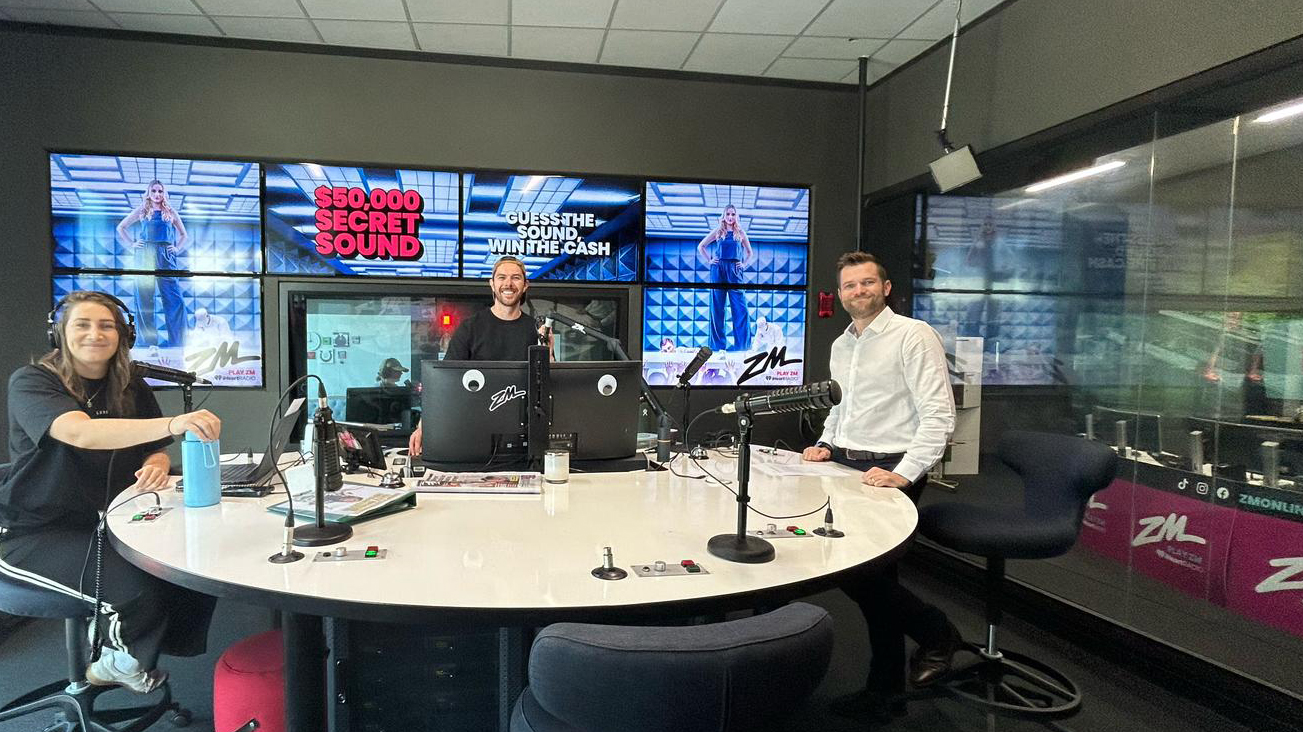This article was first published in BusinessDesk on 9 Jan 2025
Milford’s Aggressive KiwiSaver Fund turned five this year. When it did, it became the best fund in its category on a five-year basis in Morningstar’s quarterly fund report, released in September.
When he launched it in 2019, the fund’s manager Stephen Johnston said people told him he was crazy because markets had already rallied.
“This was 2019. Not long after that, the global pandemic arrived. And then we had the first war in Europe in 75 years and the highest inflation in 40 years,” he said. “So it hasn’t really been … a relaxing period.”
Despite the volatile times, Johnston’s KiwiSaver fund has had an annual growth rate of 10.99% after fees and before tax. In Morningstar’s report, it beat the second-placed aggressive fund, Booster’s Responsible High Growth Fund, by 1.2 percentage points.
In the year to Oct 31, it was up 26.49%.
Around the block
Johnston also manages Milford’s Aggressive Investment Fund, launched in 2021, and co-manages the Milford Global Equity Fund.
Before joining Milford in 2013, Johnston managed equity funds in London, later becoming partner at Adelante Asset Management, an emerging market specialist.
He said his experience with finding winners in emerging markets, as well as trading through the dot com bubble in the late 1990s, prepared him for today’s turbulence.
“I started in finance in ’97 so I think I’m the oldest member of the investment team here at Milford,” he said. Through it all, Johnston said the focus has always been simple: company fundamentals, risk-adjusted returns, long-term trends and never sacrificing quality. “Are we getting paid to take risks? If we’re not getting paid to take that risk, we’ll move elsewhere,” he said.
“We’re active managers, we can move [to] the best opportunities. “Never be complacent and invest with a strong sense of paranoia … I’ve found over the years, a lot of these [company] management teams are very promotional. I trust them but then verify through other sources as well.”
American Muscle
The fund has a 95% growth asset target with the rest made up of income assets. Its roughly 22% exposure to Australasia is lifted from Milford’s various Australian and New Zealand funds. Johnston and Co-Portfolio Manager, Jonathan Windust, have discretion over the other 70% or so of the fund. Like many who have had success on equities in recent times, Milford Aggressive KiwiSaver has benefited from the large United States tech companies.
The US dominates the portfolio
Milford KiwiSaver Fund regional exposure, August 2019 and October 2024.

Source: Milford KiwiSaver monthly fact sheets
Graphic: Gregor Thompson/BusinessDesk
As of Oct 31, the fund had 3.87% exposure to Microsoft and 2.88% to Amazon. The fund has also done well out of Meta, Johnston said.
Though the nearly $2 billion fund has made solid returns out of semiconductor company Micron Technology, it has never, to Johnston’s occasional discomfort, held Nvidia.
“It’s been quite painful, I must say, because that stock has been unreal over the last two years. But, you know, in this business, you can’t win them all, unfortunately.”
He said another theme of the portfolio has been in the “transformational healthcare” space.
“We’ve owned HCA Healthcare, which is America’s largest private hospital with 26% market share, and they operate in states with very favourable demographics,” he said.
Where to?
The US accounts for nearly 70% of the leading global stock index, up from 30% in the 1980s.
Johnston is far short of calling US equities a bubble but said he is mindful of the risks that level of concentration carries.
“Things were a lot crazier back in 2000 because today [the ‘Magnificent Seven’] have proper earnings, and they’re generating a lot of cash flow,” he said. “But given the sort of money that we’re seeing flowing into some of these stocks, there is going to be a point in time when the risk reward is negative.”
In recent months, the fund has increased its holdings of domestic US industrial companies because Johnston thinks they will be lifted by a Donald Trump White House.
It has also picked up an increasing number of UK companies.
“UK stocks are now about half what they are in the US, and we still think they have quality companies with decent, long-term prospects,” he said. “We think economic growth is going to pick up and interest rates will gradually come down. We just think valuations are really compelling.
“If something did happen in the US market, then these companies will benefit,” he said.
The horizon
Looking ahead, with Donald Trump set the enter the White House in January, Johnston said short-term the prospects look good. The longer term could be a different story.
“If Trump does follow through with tariffs and he wants to deport millions of Americans that could hurt the labour market again.
“I think it could be eventful, but for now, we think that the fundamentals are good and we’re expecting decent earnings growth out of our companies next year.”
He has no intention of resting on his laurels, either. “That five years is all history now and we’re looking towards the future … It’s been a challenging period, I must admit.”
Because global markets don’t sleep over the Christmas period, Johnston doesn’t have much booked in for summer. (The Thai Government imposing capital controls in December 2006 taught him that).
“It’s a really interesting job, and there’s always something going on … it keeps you on your toes.”
A previous version of this article incorrectly stated that Milford’s Aggressive Fund has no exposure to companies in mainland Europe.


